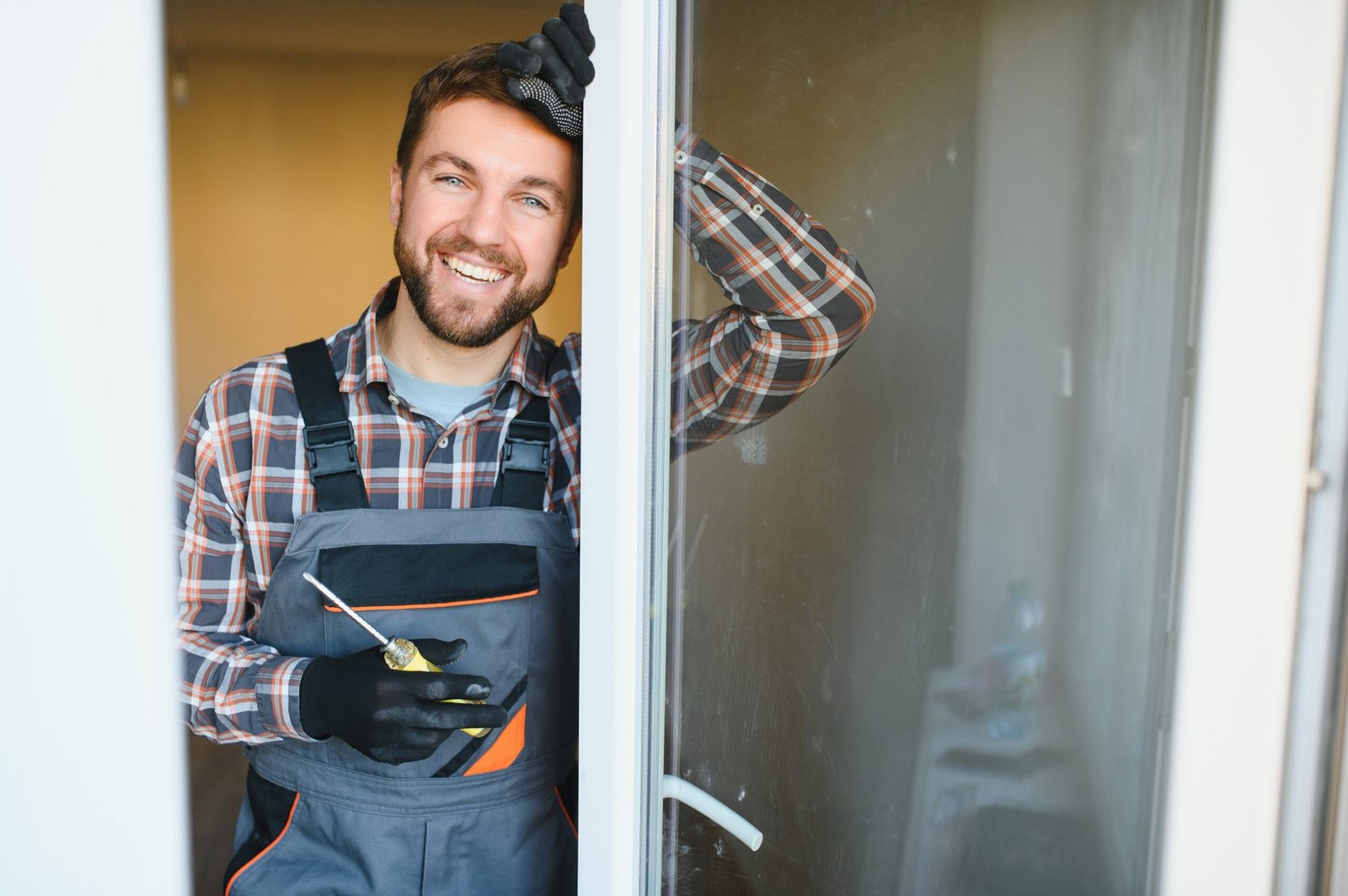How to Fix a Sliding Door That Won’t Close
How To Fix a Sliding Door That Won’t Close Properly
Imagine this: you reach for the handle of your sleek sliding patio door, eager to enjoy the fresh air, only to find it stubbornly refuses to shut properly.
A common household annoyance arises — a sliding door that won’t close securely.
This frustrating issue can stem from various culprits, ranging from minor misalignments to more complex mechanical problems.
The good news is, many of these issues are solvable with some DIY know-how and the right tools.
Whether you’re a hands-on homeowner or simply want to understand the common causes, this comprehensive guide will equip you to tackle “sliding door repair near me” woes with confidence.
Spotting the Signs: Diagnosing Your Sliding Door Dilemma
Before diving into solutions, accurately identifying the problem is crucial. A door that won’t close might exhibit several symptoms. Pay attention to these red flags:
- Sticking or Binding: Does the door drag or jam when trying to slide it open or closed? This often indicates debris in the tracks, warped rollers, or misalignment.
- Gaps and Draughts: Notice uneven gaps along the sides or bottom of the door frame? This signifies a need for adjustment or potential damage to weatherstripping, compromising energy efficiency.
- Unusual Noise: Grinding, screeching, or clicking sounds during operation suggest worn-out rollers or damaged hardware requiring replacement.
Understanding these symptoms helps narrow down the repair approach and avoid unnecessary troubleshooting steps.
Simple Fixes: Getting Your Door Back on Track
Before reaching for professional help, consider these straightforward fixes often resolving minor issues:
- Clean the Tracks: Accumulated dirt, dust, or debris in the tracks can significantly hinder smooth movement. Use a vacuum with a brush attachment followed by a damp cloth to thoroughly clean both horizontal and vertical tracks.
- Lubricate Rollers: Dry rollers are prone to friction and sticking. Apply silicone-based lubricant (avoid oil-based products) directly onto the roller axles and let it penetrate for optimal glide.
- Adjust Roller Height: Most sliding doors have adjustable screws on the bottom track that control roller height. Slightly raise or lower them if you notice unevenness in door alignment, ensuring an even gap along both sides.
Remember: Always consult your door’s manufacturer instructions for specific adjustment procedures and torque specifications to avoid damage.
When to Call the Experts: Recognizing the Need for Professional Help
While DIY fixes often resolve minor inconveniences, certain situations warrant calling in a skilled handyman like those from GotItHandyman. Consider professional help when:
- Severe Warping or Damage: If you notice significant warping of the door panels, frame distortion, or broken rollers beyond simple replacement, professional expertise is essential for proper repair or replacement.
- Complex Locking Mechanisms: Faulty locks, complex multi-point locking systems, or security concerns necessitate a specialist’s knowledge to ensure secure and functional repairs.
- Persistent Issues After DIY Attempts: If basic troubleshooting hasn’t yielded results and the door continues to malfunction despite your efforts, it’s time to involve a professional for a thorough diagnosis and tailored solution.
Remember, attempting complex repairs without expertise can lead to further damage or compromise safety.
Prolonging Smooth Operation: Maintenance Tips & Best Practices
Preventative maintenance is your secret weapon against recurring sliding door problems. Implement these simple practices:
- Regular Cleaning: Make track cleaning a seasonal ritual (at least twice yearly) to prevent debris buildup.
- Consistent Lubrication: Every few months, reapply lubricant to rollers and the sliding mechanism for smooth operation.
- Weatherstripping Check: Inspect weatherstripping annually for wear and tear. Replace worn sections promptly to maintain energy efficiency and prevent drafts.
Addressing Rusted Rollers: A Common Culprit
Rusted rollers are notorious for causing sticking, grinding noises, and difficulty in closing the door. Here’s how to address them:
- Initial Cleaning: Use a wire brush and penetrating oil to remove rust buildup from roller surfaces.
- Lubrication Boost: Apply silicone spray liberally after cleaning; allow it to penetrate deeply for corrosion protection.
- Replacement Time: If rust is severe or the rollers are significantly damaged, replacement is necessary. Consult your door’s specifications to find compatible replacements. GotItHandyman experts can assist with this process if needed.
Adjusting Door Height: Fine-Tuning Alignment
Minor misalignment often manifests as uneven gaps or binding. Luckily, most sliding doors have adjustable screws on their bottom track to fine-tune roller height.
- Slight Adjustments: Use an Allen wrench (usually included with the door) to carefully raise or lower the rollers incrementally. Test the door’s movement after each adjustment until you achieve even gaps on both sides and smooth sliding action.
- Caution is Key: Avoid over-tightening screws, as this can damage the track or rollers.
Checking for Binding Points: Identifying Obstacles
Sometimes, the issue isn’t with the rollers but rather an obstruction within the tracks themselves. To identify these “binding points”:
- Visual Inspection: Carefully examine the entire track length for debris, paint chips, warped sections, or anything obstructing smooth movement.
- Manual Testing: Gently push and pull the door while observing its path closely. Notice where it hesitates or resists — that’s your binding point location. Once identified, remove the obstruction and lubricate the area thoroughly.
Conclusion: Enjoy a Smooth-Sliding Future
Remember, a well-maintained sliding door adds convenience and curb appeal to your home.
By understanding common issues, employing DIY fixes where applicable, and knowing when to call professionals like GotItHandyman, you can ensure your sliding doors continue to glide effortlessly for years to come.
Armed with the knowledge gained from this guide, you’re well-equipped to tackle most sliding door woes yourself. Remember, proactive maintenance is key — regular cleaning, lubrication, and addressing minor issues promptly prevent bigger problems down the line.
And when in doubt or facing complex repairs, don’t hesitate to reach out to skilled handyman services like GotItHandyman. They bring expertise and specialized tools to ensure your sliding doors operate smoothly and securely, enhancing both functionality and the overall enjoyment of your home.

